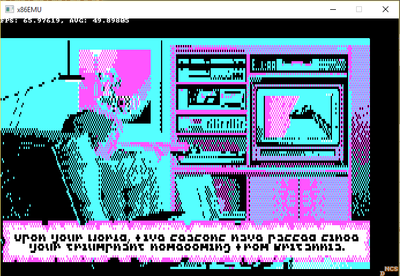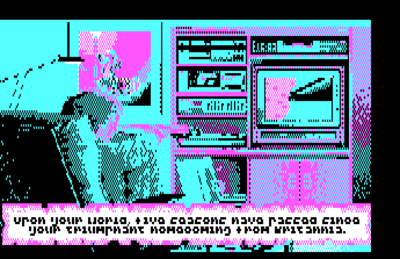First post, by superfury
In my emulator, when I start up Alley Cat, I do get the screen of alley cat, but it seems something goes wrong while retrieving the individual pixels (if I set the pixel color based on the coordinates of the current pixel row and horizontal pixel (even/odd pixels), I seem to get the expected output). Is this a problem in retrieving the pixels to render or is there something going wrong with the VRAM I/O from the CPU?
Current version of my VGA emulation:
https://bitbucket.org/superfury/x86emu/src/f6 … /vga/?at=master
The vga_screen/vga_sequencer.c contains the renderer of the VGA pixels (supported by vga_sequencer_graphicsmode.c in this case to get the graphics pixels). The vga_mmu.c contains the code for CPU access to VRAM. The vga_vram.c contains the routines for accessing the VRAM itself (and MAP13, MAP14 and address wrapping support).
Anyone can see something going wrong there?
Author of the UniPCemu emulator.
UniPCemu Git repository
UniPCemu for Android, Windows, PSP, Vita and Switch on itch.io


